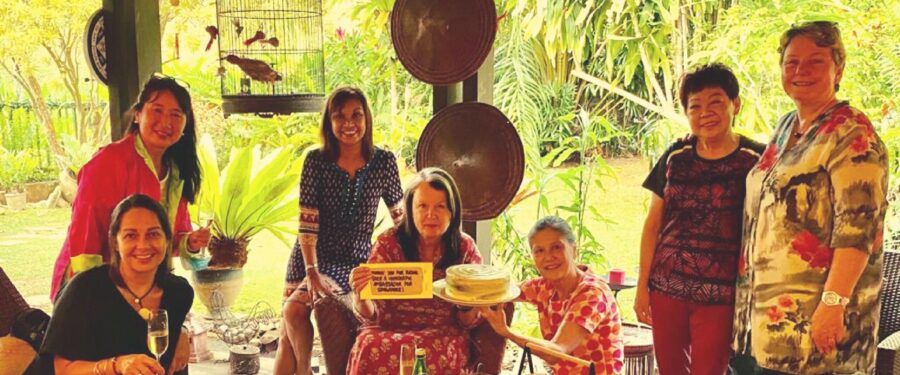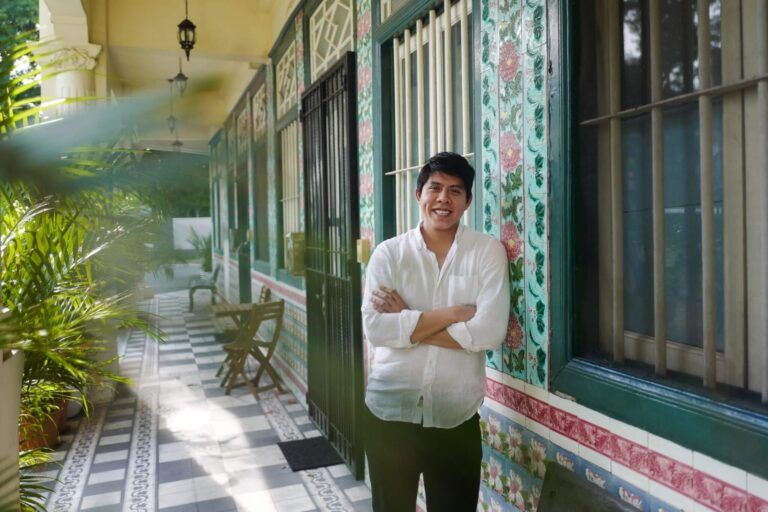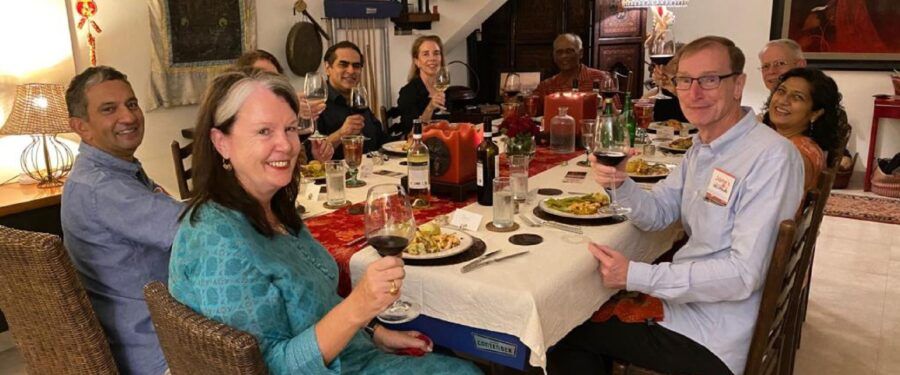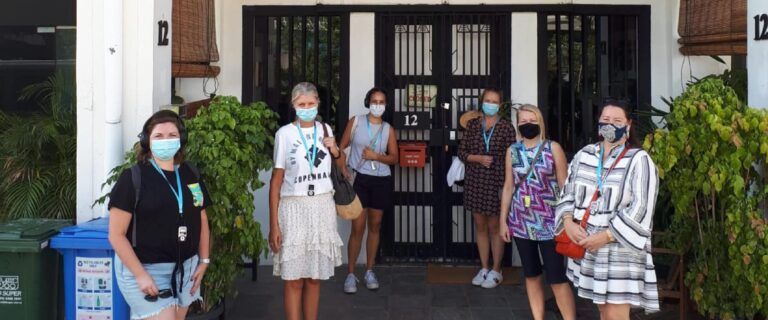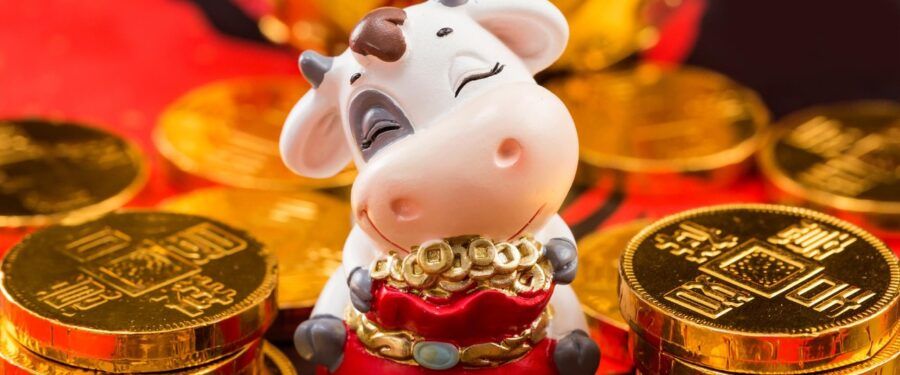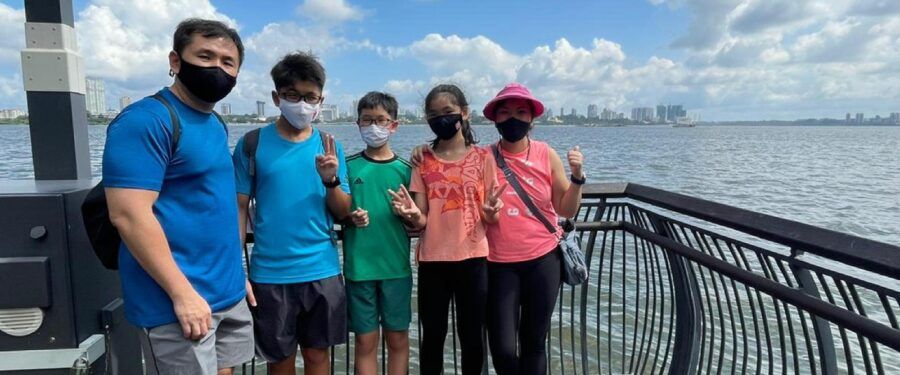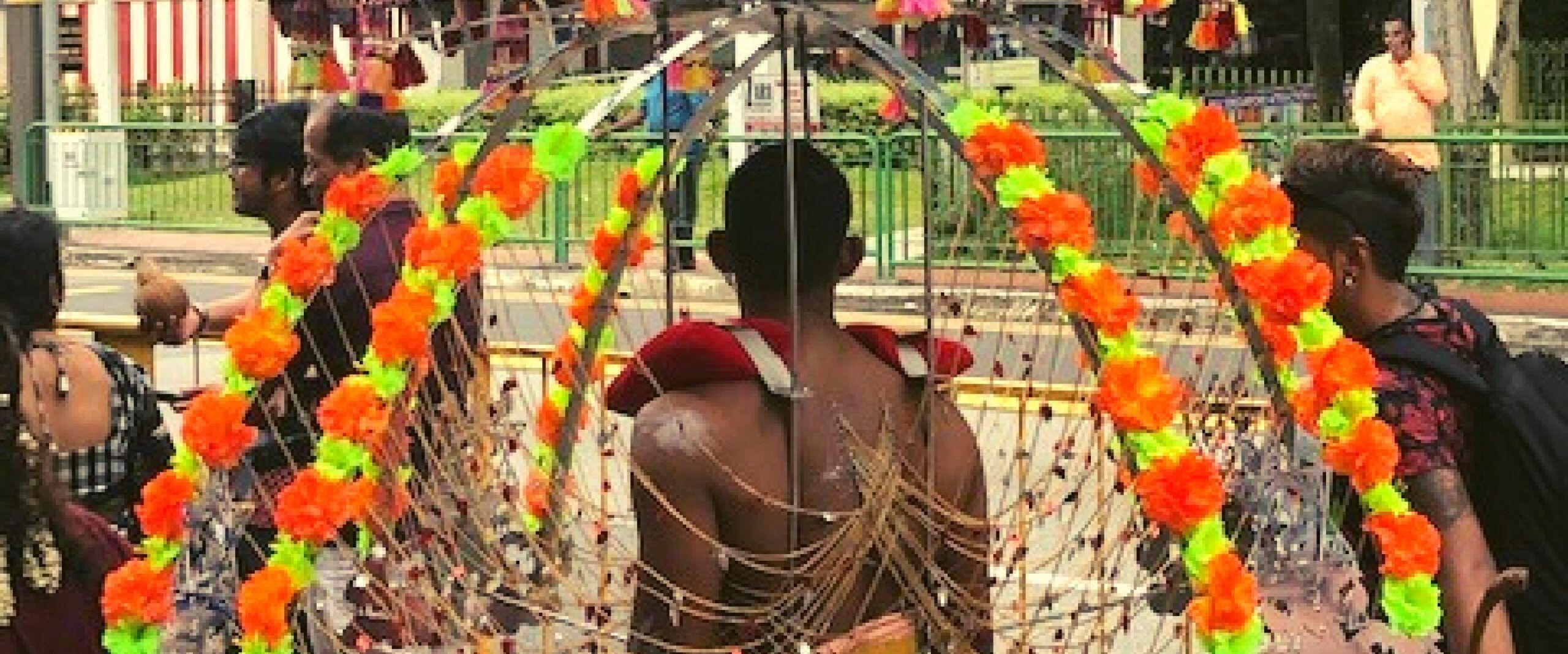As we celebrate International Women’s Day, let’s look at some of the women pioneers in Singapore’s early history.
There is no question that life was tough for the majority of the early settlers in Singapore. Women in particular bore the brunt of much discrimination as well as the enormous difficulties posed by such practices as polygamy. In 1961 the Women’s Charter contributed enormously to the emancipation of women here.
Cantonese Amahs: Daughters of the Delta
Hair coiled up in an elegant bun or worn in a single plait down the back, in iconic samfu attire (a white blouse paired with ankle-length black trousers) and black slippers—this was the look of the Cantonese Amah or Chinese female domestic servants, also known as the Black & White Amah due to their dress.
Many were former silk production workers from the Pearl River Delta of Guandong province in China. Seeking a better life, these women came in early 20th century to work in the homes of wealthy families, eventually dominating the field of paid domestic service well into the 1970s, earning a reputation for an ethic of hard work and loyalty.
Compared to other parts of China where the birth of a girl was seldom a happy occasion, women of the Pearl River Delta were valued by their families for their ability to contribute to the family income working in the silk industry. Many young women came to fear and resent the prospect of being a wife and mother. Girls of the same house would form strong bonds and treat each other like “sisters.” There was a special ritual of hair combing hair into a bun (sor hei) to mark a girl’s transition into adulthood and attainment of maturity, a vow of celibacy, and worship of domestic gods and ancestors.
When it came to their relatives back in China, Amahs fulfilled their duty through sending money (about 70% of their wages were saved or remitted), letters and making occasional visits. When they became too old to work, some returned to China, others retired to vegetarian halls run by Buddhist nuns or homes for the aged in Singapore.
Hear stories of these Daughters of the Delta on our Chinatown & Kampong Glam walking tour.
Women on a Mission
As early as 1820s, the Singapore settlement also attracted Christian missionaries from the West to sow the seeds of the Christian faith. The Protestants were among the earliest to arrive, establishing the churches and printing presses, and evangelising through preaching on the streets and home visits. Men were encouraged to bring their wives for several reasons: families were better received and missionary wives were the models of womanly virtues. After the initial reluctance to send unmarried females missionaries abroad, the situation started to change in the 1850s as a result of a growing need for specialised services in education and medical work.
The British East India company was unwilling to channel any money into developing education and social welfare services, as a result these sectors were below even the rudimentary standards expected of government at the time. The first female missionaries came here to fill the gaps, with many going on to making tremendous contributions to society, including Sophia Cooke, Reverend Mother Mathilde, Sophia Blackmore, and Dr Charlotte Ferguson Davie. In many cases, their legacies persist to the present day—for example the Convent of the Holy Infant Jesus (CHIJ), St. Margaret’s School, Methodist School, Andrew’s Mission Hospital and the YWCA.
The Oldest Trade in the World
Soon after the British established a trading post in 1819, Singapore’s status as a free port and great emporium grew, attracting people from all over the world. The society was very diverse in terms of ethnicity, however there was a huge imbalance in terms of sexes and the estimated ratio of men to women was 12:1. Only Malays, Bugis, Arabs and Peranakans who were native to Southeast Asia or established in the region for centuries had a proportionate ratio of women. But given the level of crime in early Singapore, these ladies were fiercely guarded in their homes or wouldn’t venture out of their kampongs. Hardly any women came as wives of the labourers and coolies because of the miserable housing in overcrowded shophouses and slums.
The women who did arrive were mainly prostitutes or slaves, frequently both. Like the male coolies (often celebrated as forefathers and pioneers), prostitutes also worked hard and repatriated money home. The Japanese and Chinese governments turned a blind eye on the practice because of the substantial flow of foreign currency and the local government saw the trade as a necessary evil. Many women’s lives were ruined—abducted or sold by their families, abused by their pimps, forced to work in dark, filthy cubicles with a constant risk of disease or violence, many turned to opium smoking or even committed suicide.
Discover more about Singapore’s darker, grittier history in our Kampong Glam & Bugis evening walking tour.
These women are largely forgotten and ignored in the official stories of colonial and post-colonial states. Their story of migration, settlement, exploitation and labour is at least as compelling as the male immigrant’s story and shouldn’t be forgotten; they should be recognised and celebrated as contributors to Singapore’s early history.
Painting Image: By Gao Yinzhang, Mothers and Sons

